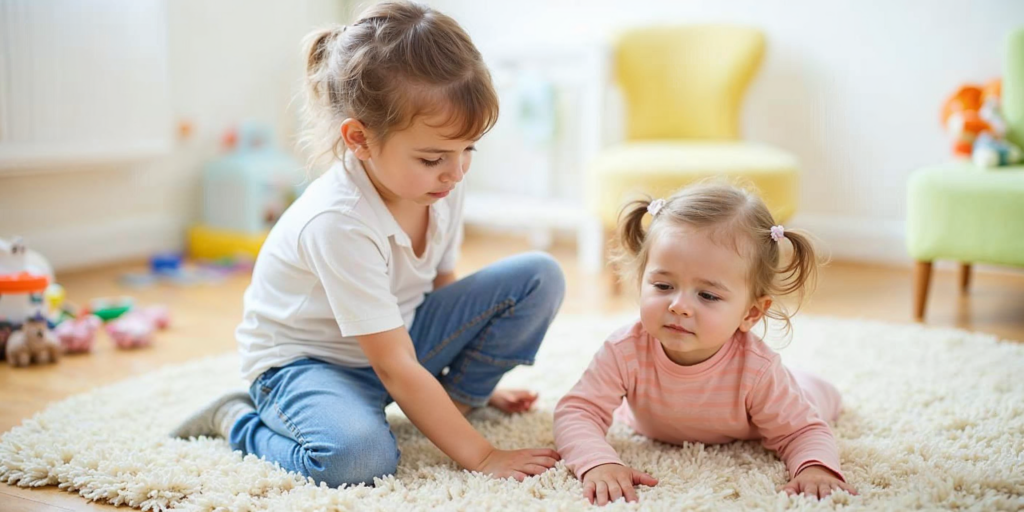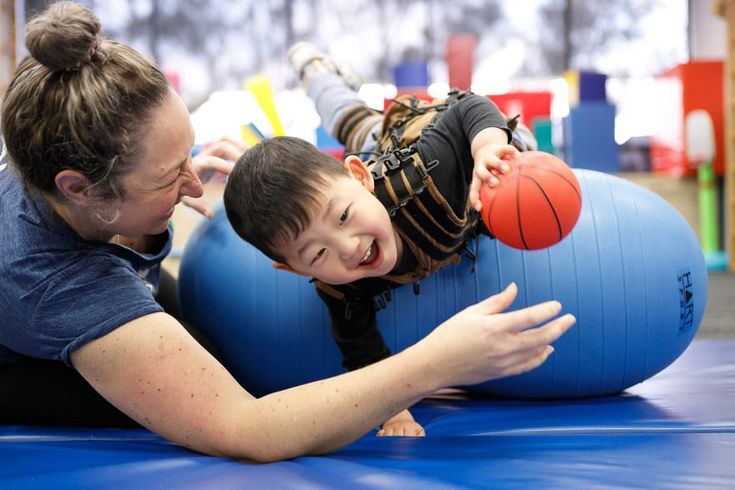How to Create a Sensory-Friendly Environment for Your Child at Home

Creating a sensory-friendly environment at home is crucial for children with sensory processing challenges, such as autism, ADHD, or other developmental conditions. A sensory-friendly space can help your child feel calm and supported. In this guide, we’ll show you how to make your home a better place for your child’s sensory needs.
What Is a Sensory-Friendly Environment?
A sensory-friendly environment is one that helps your child feel comfortable. It reduces overwhelming things like bright lights, loud sounds, and clutter. This type of environment helps children with sensory processing difficulties feel safe and calm.
Why Is a Sensory-Friendly Environment Important for Your Child?
A sensory-friendly space is important because it helps your child:
- Feel Calm: It reduces things that can cause stress or anxiety.
- Focus: It helps your child focus better on activities.
- Regulate Emotions: A calm space helps your child manage emotions.
How to Create a Sensory-Friendly Environment at Home
Here are some easy steps to create a sensory-friendly space at home.
1. Control Lighting
Bright or harsh lights can overwhelm your child’s senses. Here’s how to manage lighting:
- Use Soft Lighting: Choose soft, dimmable lights. These are less harsh and more calming.
- Let in Natural Light: If possible, use natural light. Large windows can help bring in sunlight.
- Use Lamps: Soft lamps or string lights are great for calming the space.
2. Set Up a Quiet Zone
A quiet space is important for children who need time to relax. This area should be calm and free from noise.
- Noise-Canceling Headphones: Use headphones to block out loud sounds.
- Soft Furniture: Include soft chairs or bean bags.
- Calming Textures: Use soft blankets, stuffed animals, or pillows for comfort.
3. Minimize Clutter
Too much stuff can make a space feel overwhelming. A clutter-free space helps your child feel calm.
- Keep Things Organized: Store toys and items in bins or boxes to keep things neat.
- Create Defined Areas: Separate spaces for different activities like reading or playing.
4. Use Calming Colors
Colors can affect mood. Bright or strong colors may overstimulate your child, so choose soft and calming colors.
- Choose Soft Hues: Light blue, green, or lavender can help your child relax.
- Avoid Bold Colors: Bright red or yellow can be overstimulating for some children.
5. Manage Sound and Noise
Some children are sensitive to sound. Here’s how to reduce noise:
- Soothing Sounds: Use white noise machines or calming music to create a peaceful environment.
- Soundproofing: Add rugs or heavy curtains to reduce echo and noise.
- Avoid Loud Noises: Be mindful of loud TV or appliances.
6. Use Sensory-Friendly Textures
Children with sensory issues may be sensitive to certain textures. Provide a range of textures to keep your child comfortable.
- Soft Fabrics: Use soft materials like cotton or fleece for bedding, curtains, and toys.
- Tactile Toys: Offer toys with different textures, like squishy balls or soft playdough.
- Weighted Blankets: Weighted blankets provide soothing pressure and help calm your child.
7. Set a Routine
Children with sensory issues thrive on routine. A structured schedule helps them feel secure.
- Visual Schedules: Use pictures or charts to show the day’s activities.
- Consistent Times: Stick to regular meal times, playtimes, and bedtime.
8. Encourage Movement
Many children with sensory issues need movement to stay calm. Physical activity can help them regulate their senses.
- Sensory Swing: A swing can provide calming motion.
- Physical Play: Activities like jumping on a trampoline or crawling through tunnels help release energy.
- Fine Motor Activities: Puzzles, sorting toys, or drawing can help your child develop motor skills.
Conclusion
Creating a sensory-friendly environment at home helps your child feel calm and supported. By adjusting the lighting, sounds, textures, and overall organization of your home, you can make a space that works for your child’s needs. Start with small changes and see how your child responds. Over time, you will create a safe, comfortable space for your child to grow and thrive.
Need Help Creating a Sensory-Friendly Environment?
At Seedlings – ABA Therapy & Child Skill Development Centre, we specialize in helping children with sensory processing challenges through personalized therapy plans. If you’re looking for guidance on how to support your child at home, feel free to reach out and schedule a consultation today.
📞 Phone: +91 93959 19009 Or Book Online and we will get back to you.
📍 Address: House No. 33, Rupalim Path, Rangamancha Path, Rukmini Gaon, Wireless, Guwahati, Assam – 781006. Google Map Location: Get Here
Recent Posts
-
 Best Therapy Centre for Children from Shillong at Seedlings, Guwahati
Best Therapy Centre for Children from Shillong at Seedlings, Guwahati -
 How to Create a Sensory-Friendly Environment for Your Child at Home
How to Create a Sensory-Friendly Environment for Your Child at Home -
 Occupational Therapy for Children with Sensory Processing Issues: How It Helps!
Occupational Therapy for Children with Sensory Processing Issues: How It Helps! -
 5 Ways Therapy Centers Support Early Child Development
5 Ways Therapy Centers Support Early Child Development -
 Signs Your Child Needs Speech Therapy: A Parent’s Checklist
Signs Your Child Needs Speech Therapy: A Parent’s Checklist -
 What Is ABA Therapy? A Complete Guide for Parents
What Is ABA Therapy? A Complete Guide for Parents
